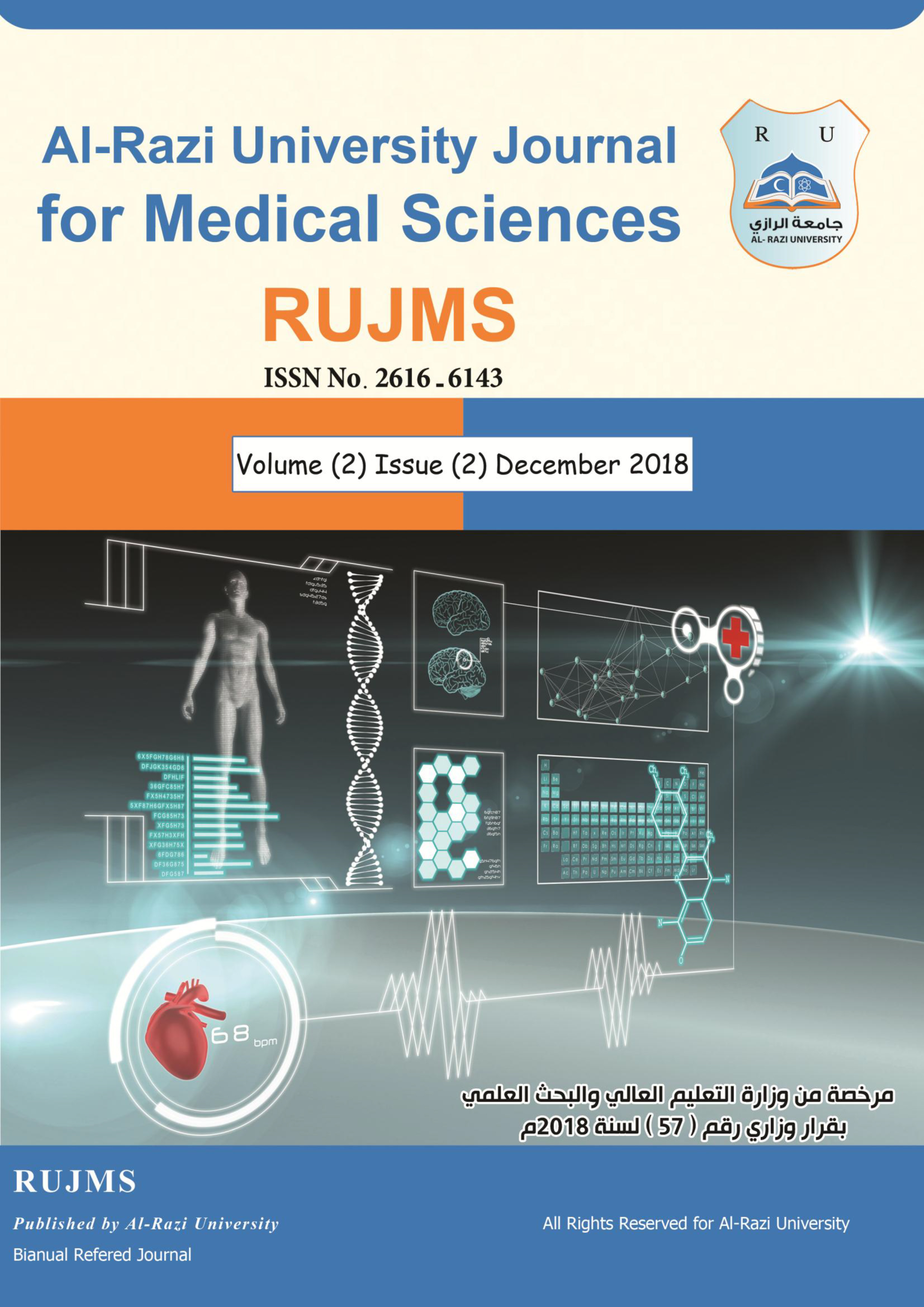Seroprevalence of HIV, Hepatitis B and C Virus Infections Among Voluntary and Replacement Blood Donors Attending Al-Sabeen Hospital, Blood Bank, Sana' a City
Amal M. H. Banafa1* , Nabil A. Al-Rabeei2 1Department of Laboratory, College of Medical Sciences, Al-Razi University, Yemen, 2Department of Applied Medical Sciences, College of Medical Sciences, Al-Razi University, Yemen *Corresponding author: College of Medical Sciences, Al-Razi University, Yemen. email: amalBanafea@alraziuni.edu.ye
Abstract
Background: Blood donation saves millions of lives. The blood donor program is the life force of any
transfusion service. Aim: To assess the seroprevalence of transfusion-transmissible infections (HIV,
HBV, and HCV) in the voluntary and replacement donors. Methods: The study included 2475 blood
donors both voluntary and replacement blood donors attended at the blood bank, at Al-Sabeen
Hospital, Sana'a, Yemen. The blood samples of all the blood donors were. Few milliliters of each
donor’s blood were dispensed in a small clean test tube labelled with the name and sample number for
mandatory screening of the Transfusion. All the blood donors' samples over the period of study were
centrifuged to obtain the serum samples in a small clean test tube labeled with the name and sample
number were analysed and tested by the immunoassay analyser assay (ELIZA) Cobas e-411 IInd
generation for anti HIV IgG and IgM antibodies, detection of HBsAg and anti-HCV IgG and IgM.
Results: The total Seroprevalence of HIV, HBsAg and HCV was 359 donors in the present study, out of
them 263 (14.3%) were replacement blood donors and 96 (15.2%) were voluntary blood donors. The
total seroprevalence of HIV among blood donors was 42 donors in the present study, out of them 1.8%
among replacement blood donors and 1.7% among voluntary blood donors. The total seroprevalence
of HBsAg among blood donors was 286 donors out of them 11.2% among replacement blood donors
and 12.6% of HBsAg among voluntary blood donors. The total seroprevalence of HCV among blood
donors was 31 donors out of them 1.3% were replacement donors and 1.1% were voluntary blood
donors. Conclusion: It has been observed that replacement blood donation is safe as compared to
voluntary as a high prevalence of HIV, HBsAg, and HCV are observed in replacement donors. It is
recommended to following the international standers for the blood collection criteria and screening.

